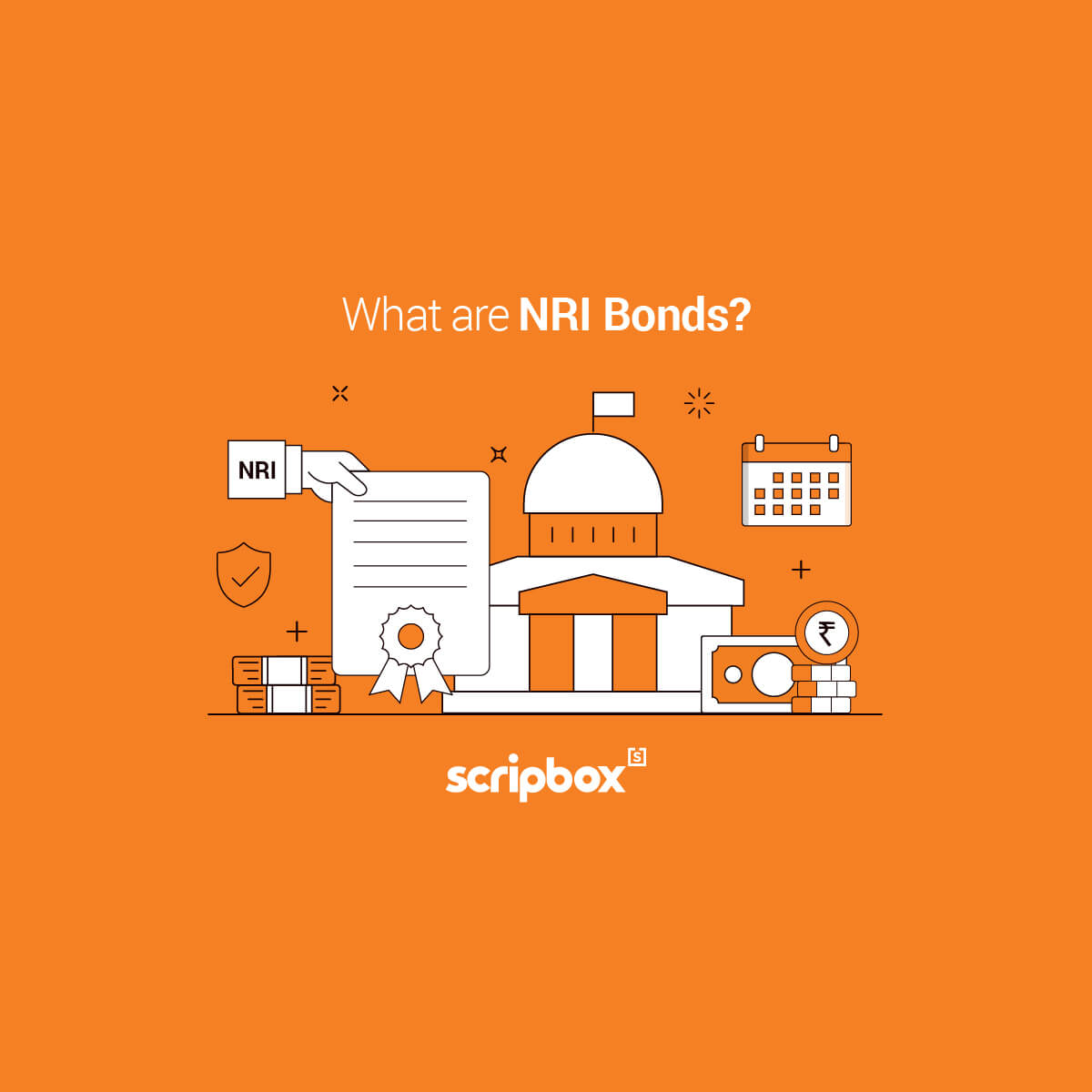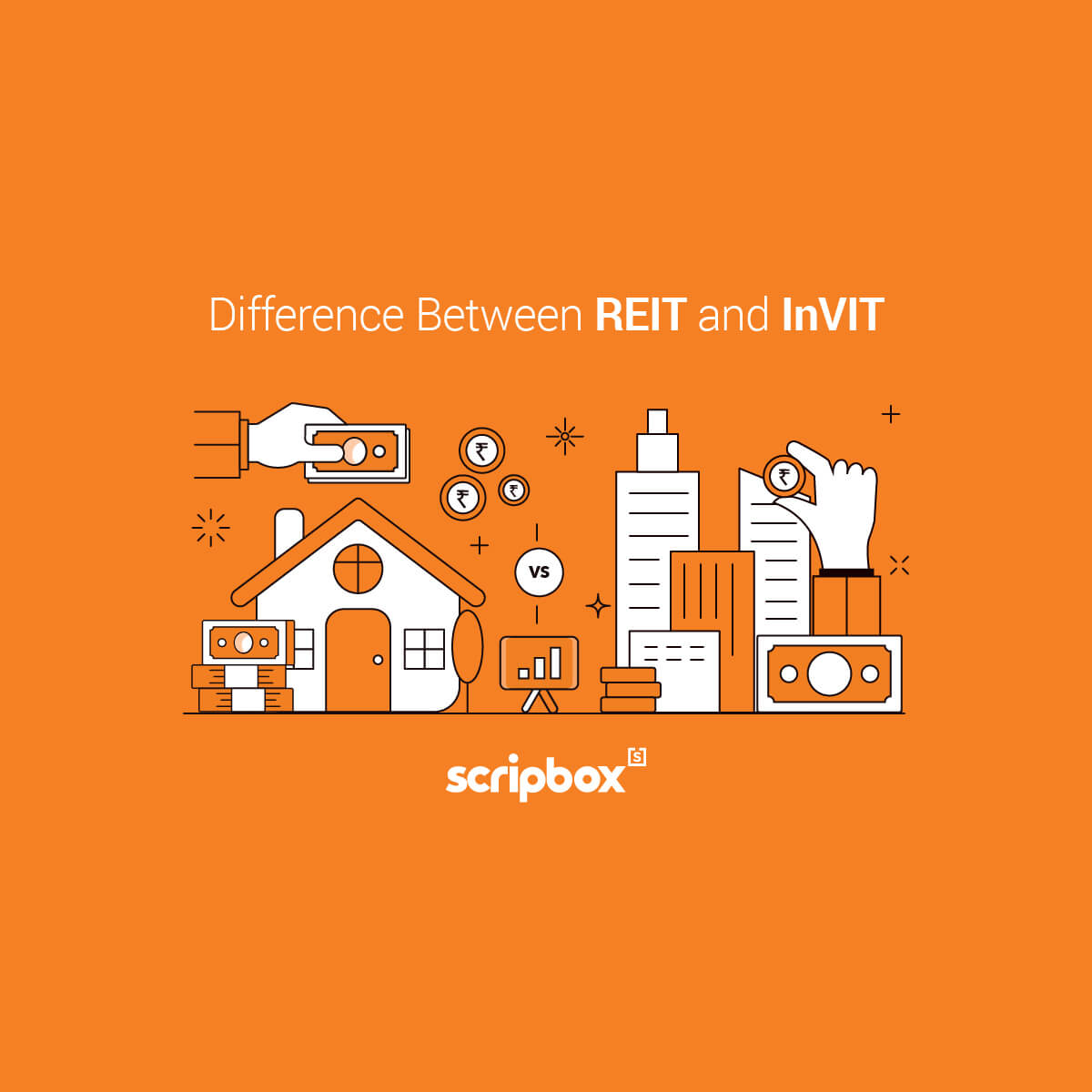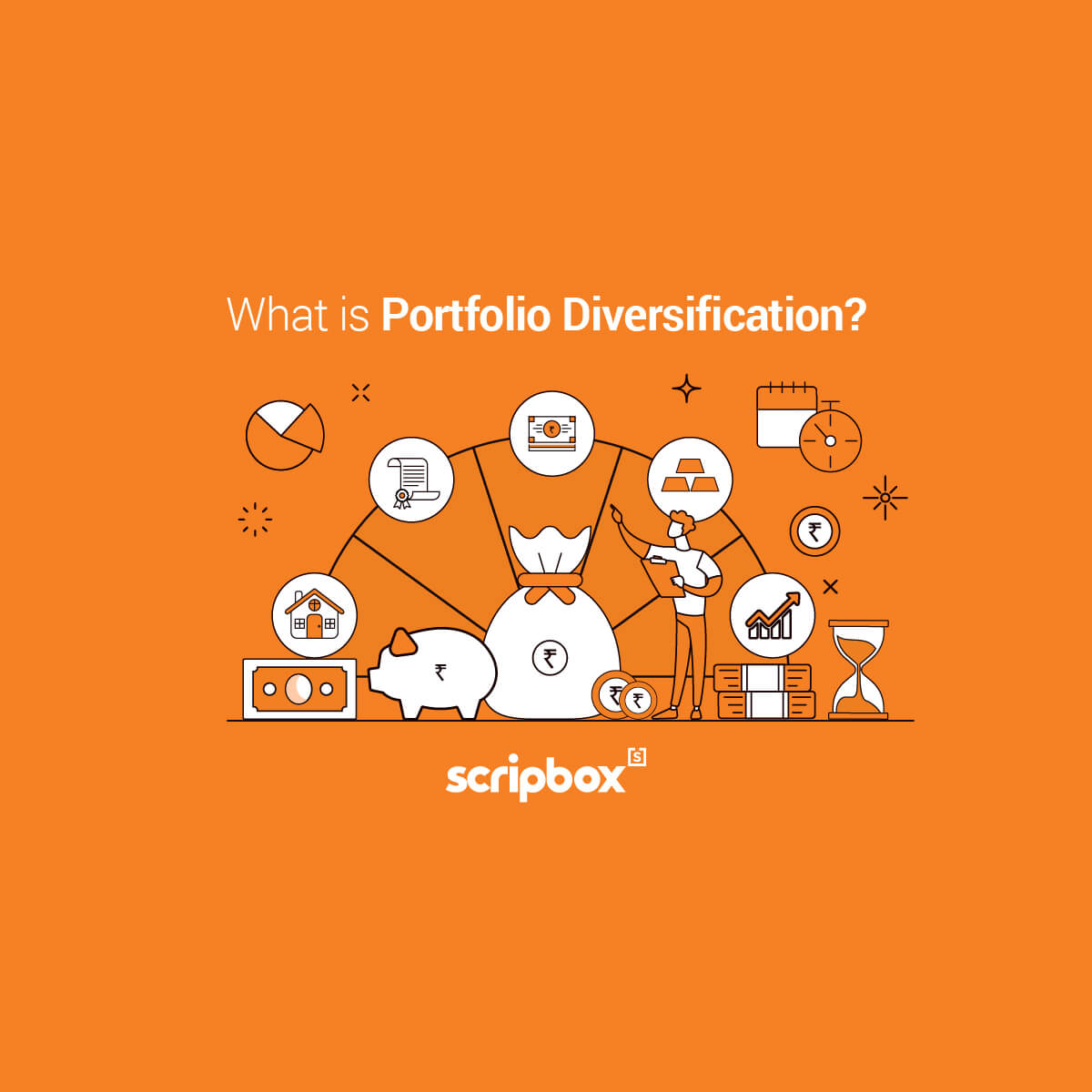The demand and supply forces determine a company’s share price in the stock market. If the demand for a company’s shares is high, the share price will go up. But the share price does not reflect the share’s true value (fair value). You can determine the fair value or intrinsic value of a company using the company’s financial information. It reflects the company’s true value and helps make investing decisions. The process of determining the intrinsic value of the company is share valuation. What do you mean by the valuation of shares? How is it done? What are the methods? Let’s understand all these in detail.
Share valuation is a technique of determining the actual worth of a company using quantitative techniques. Analysts use the company’s financial information, such as current earnings and cashflows, assets, capital structure, and future cashflows, to determine the company’s current value.
By identifying the true value, analysts determine whether the shares of a company are overvalued or undervalued and make an investing decision.
A share is considered overvalued when the market price is higher than the intrinsic value. In contrast, the shares are undervalued if the market price is lower than the intrinsic value. Undervalued shares are considered an excellent investment opportunity by value investors or people who practice value investing.
Value investing is an investing strategy that involves investing in stocks lower than the intrinsic value or undervalued shares to make good returns in the long term.
The following are the circumstances for Share valuation:
- The owners want to know its true value when selling the company.
- Mergers, acquisitions, or takeovers require share valuation.
- Banks ask for a valuation to give a loan against the shares the promoters hold.
- During the conversion of preference shares into equity shares.
- Share valuation is necessary during a tax audit.
- In case the company faces litigation, it is important to consider the company’s share valuation.
- When the company is implementing Employee Stock Option Plan (ESOP).
- Analysts use share valuation methods to determine intrinsic value to make investment decisions.
Types of Stock Valuation
Analysts use two types of stock valuation to determine the intrinsic value, absolute and relative.
Absolute valuation
Absolute valuation uses the company’s financials and fundamentals to determine the intrinsic value of the company. It uses past financial data such as cashflows, growth, and dividend to determine future cash flows and values them based on the analysis. Absolute valuation uses the financial data of a single company to determine the intrinsic value. It doesn’t consider the financials of other companies. Valuation techniques such as discounted cash flow (DCF), dividend discount model, and asset-based model come under absolute valuation techniques.
Relative valuation
Relative valuation compares the company’s valuation with other similar companies. Analysts compare the valuation multiples, like price to earnings (P/E) and dividend yield of similar companies, with the company being valued. Based on the comparison, they then deduce whether the company is overvalued or undervalued. The company is considered undervalued if its P/E ratio is lower than its peers or the industry. In contrast, it is overvalued if its P/E ratio is higher than its peers. Some relative valuation techniques include the P/E ratio, the price-to-book value (P/B), and enterprise multiple (EV/EBITDA).
Following are some of the popular share valuation methods that analysts and investors use –
Dividend Discount Model
The dividend discount model is a simple and straightforward method of valuing a company. It uses dividends to determine the company’s intrinsic value. The model uses dividends to value the company mainly because dividends are the cashflows to shareholders. Hence, finding out the present value of all future cashflows will give the company’s actual value.
First, to calculate the company’s fair value using this model, determine whether the company pays a dividend. Then check if the dividends are stable and predictable. Only then can you use this model for valuing the company.
Asset-Based Model
The asset-based model values the company’s assets and liabilities. This model considers all assets and liabilities, including intangible assets and contingent liabilities. First, determine the net asset value to calculate the share value. Net assets are excess assets over external liabilities. Then subtract preference capital from the difference and divide by the total number of outstanding shares to get the value per share.
Value per share = (Net Assets – Preference capital) / Number of equity shares
This method is suitable for manufacturing companies with huge asset base. It is also used as a checking tool to confirm the results of other valuation methods.
Discounted Cash Flow (DCF)
The discounted cash flow method, popularly known as the DCF method, is an income-based valuation method. It is a popular metric in the industry to value companies of different sizes from different industries.
The DCF method discounts all future cashflows to determine the company’s fair value as of today. This model suits only companies with positive and predictable free cash flows.
Predict future cashflows for five or ten years to find out the company’s true value under the DCF method. Then calculate the terminal value to account for all future cashflows beyond the forecast period. Then discount all these cashflows to the present day to estimate the company’s true value.
Price to Earnings (P/E) Ratio
The price-to-earnings (P/E) ratio is a popular relative valuation technique to value companies of the same size and industry. It indicates the amount an investor is willing to pay for every Rs 1 of earnings. A high P/E ratio indicates the shares are overvalued, and a low P/E ratio means the shares are undervalued. The average method of share valuation is also called as P/E ratio.
The ratio also tells how a company’s shares are valued against the industry and its peers. You can easily compare the P/E ratios of companies in one industry to determine the fair valuation of shares.
Price to Book Value (P/B) Ratio
The price-to-book value (P/B) ratio is a ratio of a company’s market value and book value. A company’s book value is the value of its assets as of a date after accounting for depreciation, whereas the share’s price is its market value. You can use the P/B ratio to determine whether the company’s shares are overvalued or undervalued. Typically, a good P/B ratio means the value is below one. However, it could also mean something is wrong with the company’s fundamentals. Hence, it is always better to check a company’s fundamentals when using this ratio for valuation.
EV/EBITDA
Popularly known as the enterprise multiple, or EV multiple, EV/EBITDA is a measure to estimate the value of the company using the company’s market value and profitability. EV or enterprise value is the company’s total value. You can calculate using market capitalization, total debt, and cash and cash equivalents. The EBITDA is the company’s profit arising out of the sale of goods and services.
EV multiple = EV/EBITDA
The ratio helps you look at the company the same way a potential buyer would look, considering the debt and profits.
EV multiple is different for different industries. High-growth companies tend to have a high EV multiple, and low-growth companies have a low EV multiple.
How to Choose the Best Stock Valuation Method?
There is no thumb rule to choose valuation methods. Every company is different and has its own qualities and strengths. Hence the choice of a valuation method depends on the company and industry and also based on the information available.
Take, for example, the pharma or FMCG industry. They are non-cyclical industries, and it is easy to predict their cash flows. Hence a discounted cashflow method may suit them better.
For banks or insurance companies, predicting cashflows can be difficult. Hence, to value banks, using market multiples like price to earnings (P/E) ratio may be suitable. For dividend-paying companies, the dividend discount model is a better approach.
Hence, different companies have different valuation methods, and the right valuation method needs to be considered carefully.
The following are the factors affecting valuation of shares:
- Company’s financials: The company’s financials, such as profits, cashflows, dividends, and assets, all affect the valuation of its shares.
- Market price: The market price of the share plays an important role in the case of relative valuation. Multiples such as P/E and P/B use the company’s share price, which depends on demand and supply, performance, and market sentiment.
- Economic conditions: Economic conditions of a country also affect the valuation of shares of a company. For example, in a recessionary environment, the interest rates are high, inflation is high, and demand is low. In such conditions, it affects the company’s short and medium-term performance. The valuation of the company changes in the short term and medium term.
Valuing ownership in a private company is challenging due to the lack of a public market for its shares, unlike publicly traded companies with readily available share prices. Various methods are employed, with two common approaches being Comparative Company Analysis and Discounted Cash Flow (DCF) analysis.
Comparative Company Analysis involves comparing the valuation ratios of a private company to a comparable public company, using multiples like the price-to-earnings (P/E) ratio to estimate its value.
On the other hand, DCF analysis, while more intricate, utilizes the time-value of money principles to forecast future free cash flow (FCF) and calculate its present value by discounting each cash flow with a specific rate. These methods offer insights into the private company’s potential future cash flows.
Frequently Asked Questions
EPS or earnings per share is the profit per each outstanding share. The P/E ratio is the multiple of price and earnings per share. It indicates the price an investor is willing to pay for one rupee of earnings. The higher the EPS, the lower the P/E ratio. A low P/E ratio indicates the company’s shares are undervalued with respect to its peers. It also indicates that investors don’t have high expectations from the company. In contrast, a high P/E ratio indicates that the company’s shares are overvalued and have high growth prospects.
The P/E ratio varies from industry to industry. Hence, no definite number can be considered a good P/E ratio. The P/E ratio also varies from investor to investor. What is good for one investor may not be good for another investor. For example, a low P/E might be good for a value investor but not for a growth investor. In contrast, a high P/E is good for growth investors but not for value investors.
Analysts commonly use the P/E ratio, P/B ratio, EV/EBITDA, and discounted cash flow method.
Related Articles
Related Articles
- What is Share Valuation?
- When is the Valuation of Shares Required?
- Types of Stock Valuation
- Methods Used for Valuation of Shares
- How to Choose the Best Stock Valuation Method?
- Factors Affecting the Valuation of Shares
- How to Calculate the Value of Shares in a Private Company?
- Frequently Asked Questions























Show comments